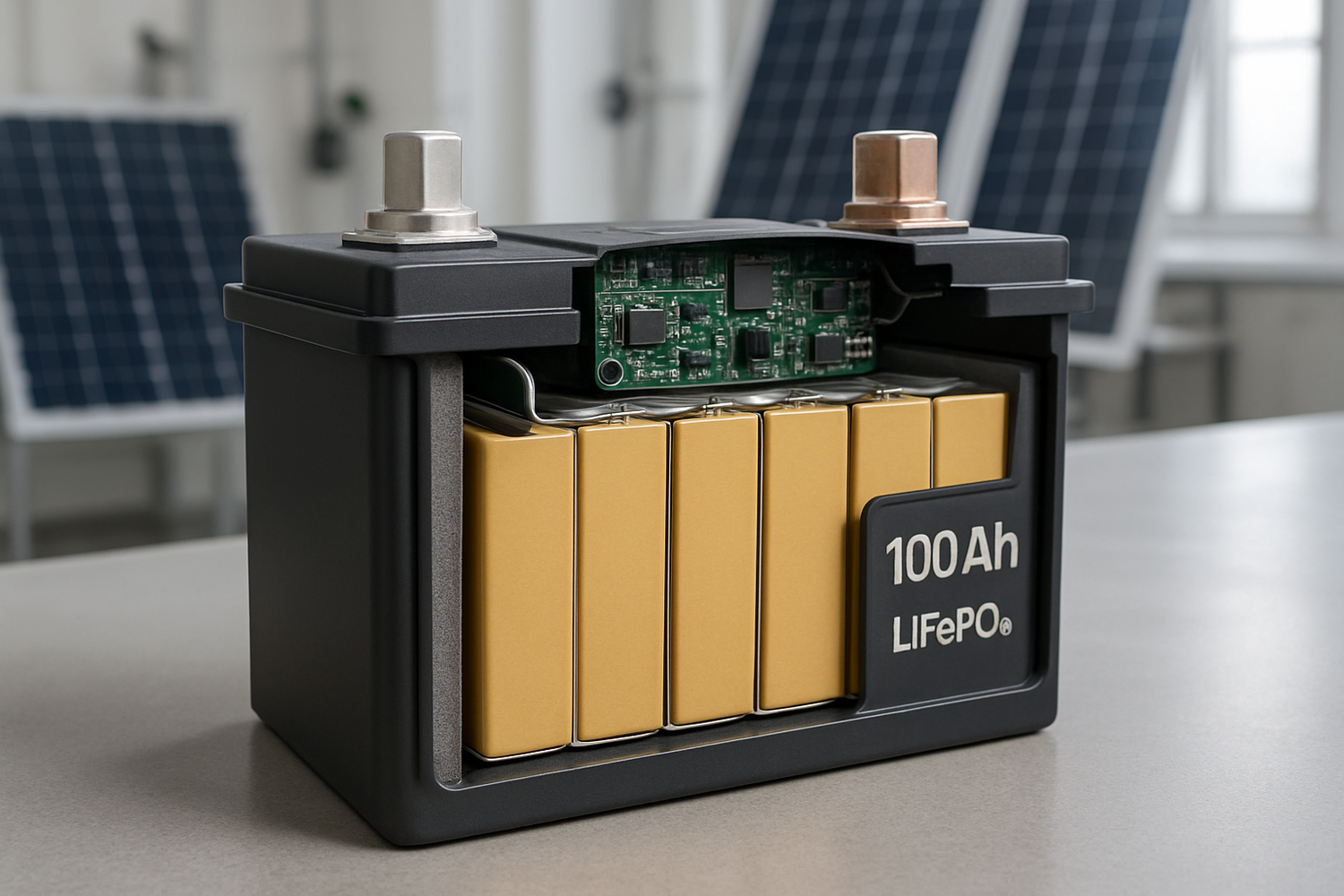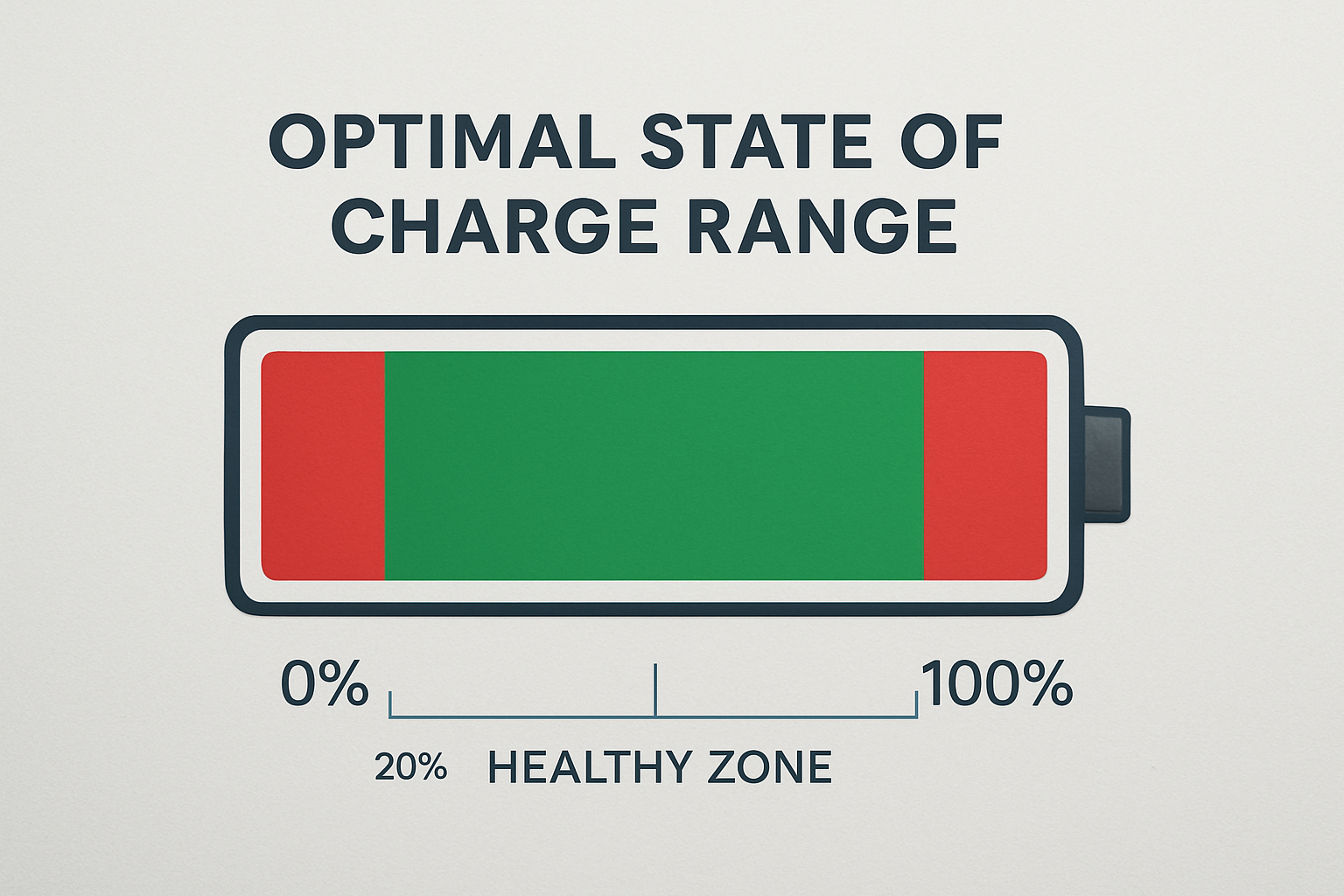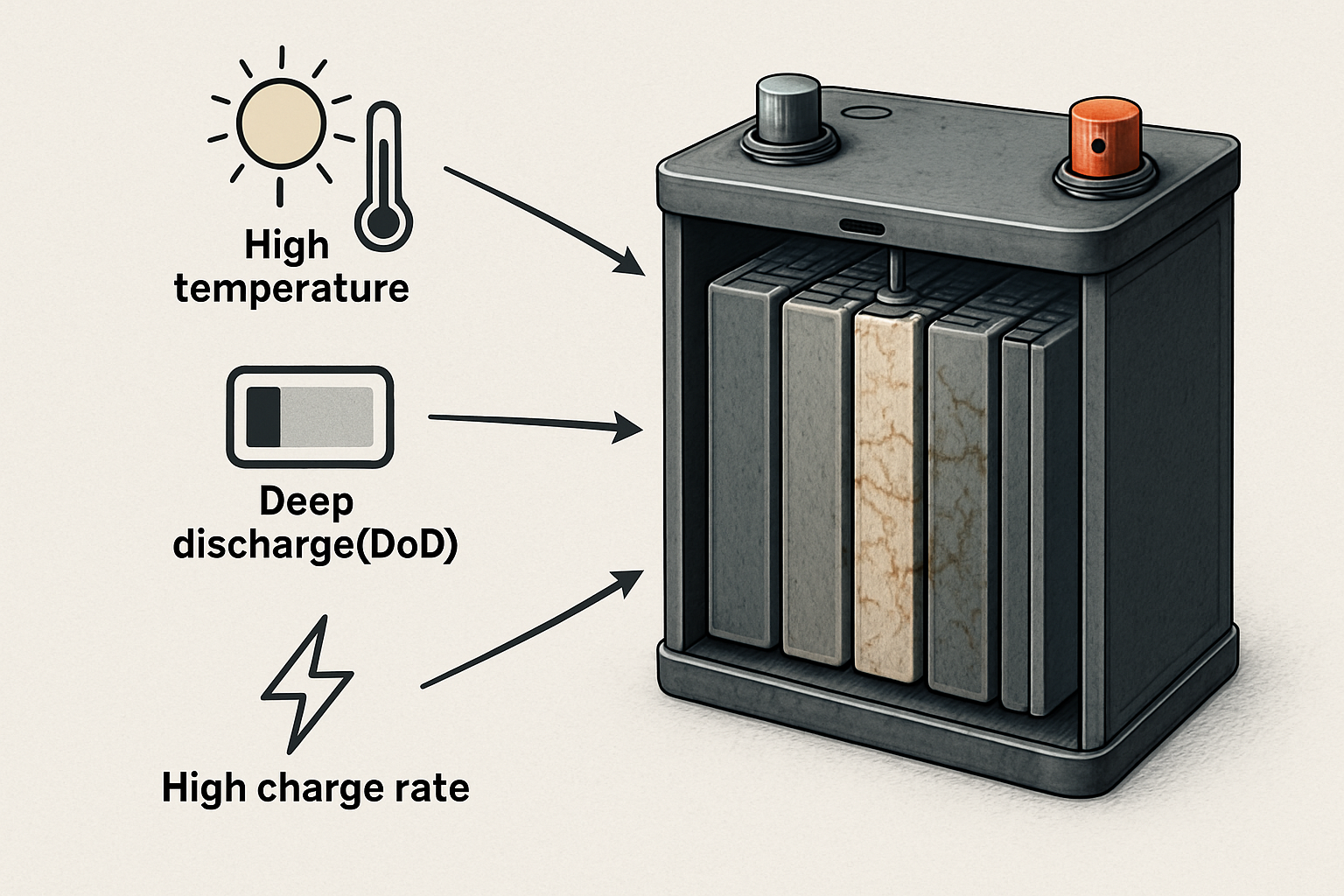A 100Ah lithium-ion battery is a cornerstone of modern energy independence, powering everything from off-grid cabins to home battery storage systems. This powerful asset, however, is susceptible to premature wear if not managed correctly. Understanding the factors that lead to battery degradation is the first step toward protecting your investment and ensuring a long, reliable service life. This text provides actionable strategies to prevent the early decline of your lithium battery storage.
Understanding the Core Causes of Battery Wear
Degradation is a natural process, but several key factors can drastically accelerate it. By managing these variables, you can significantly extend the operational life of your 100ah lithium ion battery. The primary culprits are temperature, discharge depth, and charging rates.
The Impact of Temperature Extremes
Temperature is a critical factor in the health of a lithium-ion deep cycle battery. Both high and low temperatures introduce stress that accelerates capacity loss. High temperatures, typically above 45°C (113°F), speed up the chemical reactions inside the battery, leading to faster degradation of components. Conversely, charging a lithium phosphate battery below 0°C (32°F) can cause lithium plating on the anode, a condition that permanently reduces capacity and can create internal short circuits. The U.S. Department of Energy highlights that temperature extremes are a primary cause of battery failures. Maintaining a stable operating temperature, ideally between 15°C and 25°C (60°F to 77°F), is crucial for longevity.
Depth of Discharge (DoD) and Its Role
Depth of Discharge refers to the percentage of the battery's capacity that has been used. A 12v 100ah lithium ion battery that is fully discharged has a 100% DoD. While a deep cycle lithium battery is designed for this, consistently pushing it to its limit will shorten its life. Each charge and discharge cycle causes minor stress. Deeper cycles create more stress than shallower ones. For example, a lithium iron phosphate battery 12v may deliver over 5,000 cycles at 50% DoD but only 2,000 cycles at 100% DoD. By limiting the average DoD, you increase the total number of cycles the battery can provide.
| Depth of Discharge (DoD) | Estimated Cycle Life |
|---|---|
| 100% | ~2,500 - 3,000 cycles |
| 80% | ~4,000 - 5,000 cycles |
| 50% | ~6,000 - 8,000 cycles |
| 30% | ~10,000+ cycles |
Charging and Discharging Rates (C-Rate)
The C-rate measures the speed at which a battery is charged or discharged relative to its capacity. For a 100Ah battery, a 1C rate is 100 amps. Charging or discharging at excessively high C-rates generates significant internal heat, which, as noted, accelerates degradation. Most manufacturers recommend a standard charging C-rate of 0.5C (50 amps for a 100Ah battery) or less. Adhering to the manufacturer's specified C-rates protects the battery's internal structure and ensures a longer service life. An advanced Battery Management System (BMS) plays a vital role in regulating these rates.
Proactive Strategies for Preventing Degradation
Knowledge of what causes wear is useful only when applied. These proactive strategies help you translate theory into practice, safeguarding the health of your energy storage solutions.
Implement Smart Charging Protocols
A modern BMS is the brain of your battery pack, but your charging habits also matter. Avoid leaving your battery at a 100% state of charge (SoC) for extended periods, as this high-voltage state places stress on the cathode. Similarly, do not leave it in a fully discharged state. If your charging system allows, setting the maximum charge to 90% and the low-voltage cutoff to 20% can create a healthy operational window that significantly boosts cycle life. This practice keeps the battery out of its most stressful voltage ranges.
Proper Sizing of Your Energy System
An undersized home battery storage system is a common cause of premature wear. If the battery bank is too small for the connected loads, it will be subjected to high C-rates and deep discharges constantly. This overworking leads to rapid degradation. Before investing, calculate your daily energy consumption and size your battery bank to handle that load without regularly exceeding 80% DoD. For a comprehensive overview of how system components affect one another, the Ultimate Reference for Solar Storage Performance provides valuable data for optimizing your setup. Proper sizing ensures no single component is a bottleneck causing stress on others.
The Importance of Regular Monitoring
Active monitoring allows you to spot issues before they become serious problems. Periodically check the battery's voltage and temperature readings through your monitoring system. Inspect physical connections to ensure they are clean and tight, as loose connections can create resistance and heat. A quality BMS will automatically handle cell balancing, but monitoring the system ensures it is functioning as intended. According to a report from the International Renewable Energy Agency (IRENA), effective management and monitoring are key to maximizing the value of energy storage assets.
Advanced Factors Influencing Battery Health
Beyond the primary causes of wear, other factors can silently contribute to capacity loss over time. Understanding these can help you fine-tune your approach to battery maintenance.
The Silent Threat of Parasitic Loads
Parasitic loads are small, continuous power drains from devices in your system, even when they are in standby mode. Inverters, monitoring sensors, and other electronics can slowly deplete a battery over weeks or months. This can lead to an unintended deep discharge, leaving the battery in a low-voltage state that causes damage. If you plan to leave your system inactive for an extended period, it is wise to disconnect all loads or use a battery disconnect switch to prevent these small drains from causing harm.
Chemical Aging: An Unavoidable Process
All batteries experience calendar aging—a slow loss of capacity over time, regardless of use. This process is driven by ambient temperature and the battery's state of charge during storage. As highlighted in the International Energy Agency's analysis, The Role of Critical Minerals in Clean Energy Transitions, managing the full lifecycle is essential for sustainability. To minimize calendar aging, store your 12 volt lithium ion battery in a cool, dry place at a state of charge between 40% and 60%. This reduces the chemical reactions that cause the battery to age.
Maximizing Your Battery's Service Life
Protecting your 100Ah lithium-ion battery from early wear is not about a single action but a holistic approach. By controlling temperature, managing discharge depths, adhering to recommended C-rates, and correctly sizing your system, you create an ideal environment for your battery to perform reliably for years. A high-quality lithium iron phosphate (LiFePO4) battery provides a robust foundation, and your careful management ensures you get the maximum return on your investment in energy independence.
Disclaimer: This information is for educational purposes only. Consult with a qualified professional for specific advice regarding your energy system.
Frequently Asked Questions
What is the ideal temperature for a 100Ah lithium-ion battery?
The ideal operating temperature is between 15°C and 25°C (60°F to 77°F). Avoid exposing the battery to temperatures above 45°C (113°F) or charging it in conditions below 0°C (32°F) to prevent permanent damage.
How much should I discharge my battery to extend its life?
For optimal lifespan, it is best to limit routine discharges to 50-80% of the battery's capacity. While LiFePO4 batteries can handle 100% depth of discharge, shallower cycles significantly increase the number of cycles the battery can provide over its lifetime.
Can I leave my lithium battery on the charger all the time?
Yes, a quality 12v 100ah lifepo4 lithium battery with an integrated Battery Management System (BMS) can be left on a compatible charger. The BMS will prevent overcharging by stopping the current once the battery is full. However, for long-term storage, it is better to keep it at a 40-60% state of charge.





Leave a comment
All comments are moderated before being published.
This site is protected by hCaptcha and the hCaptcha Privacy Policy and Terms of Service apply.